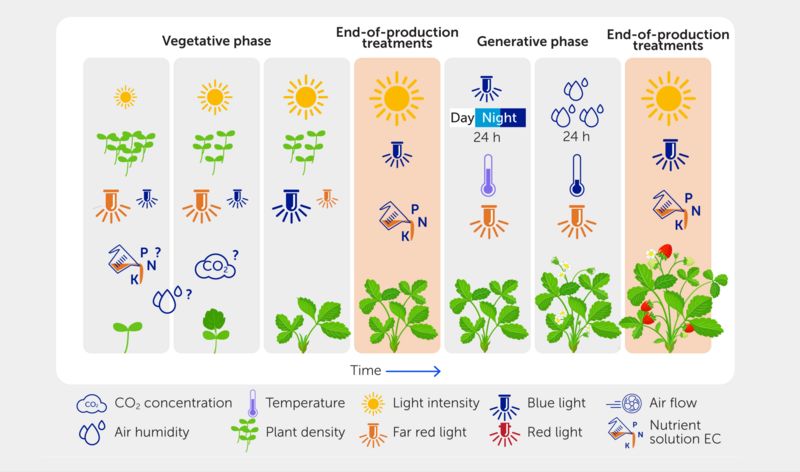
Frontiers in Science Lead Article
Published on 25 Sep 2024
Vertical farming goes dynamic: optimizing resource use efficiency, product quality, and energy costs
- 124,772 views
- 71 citations
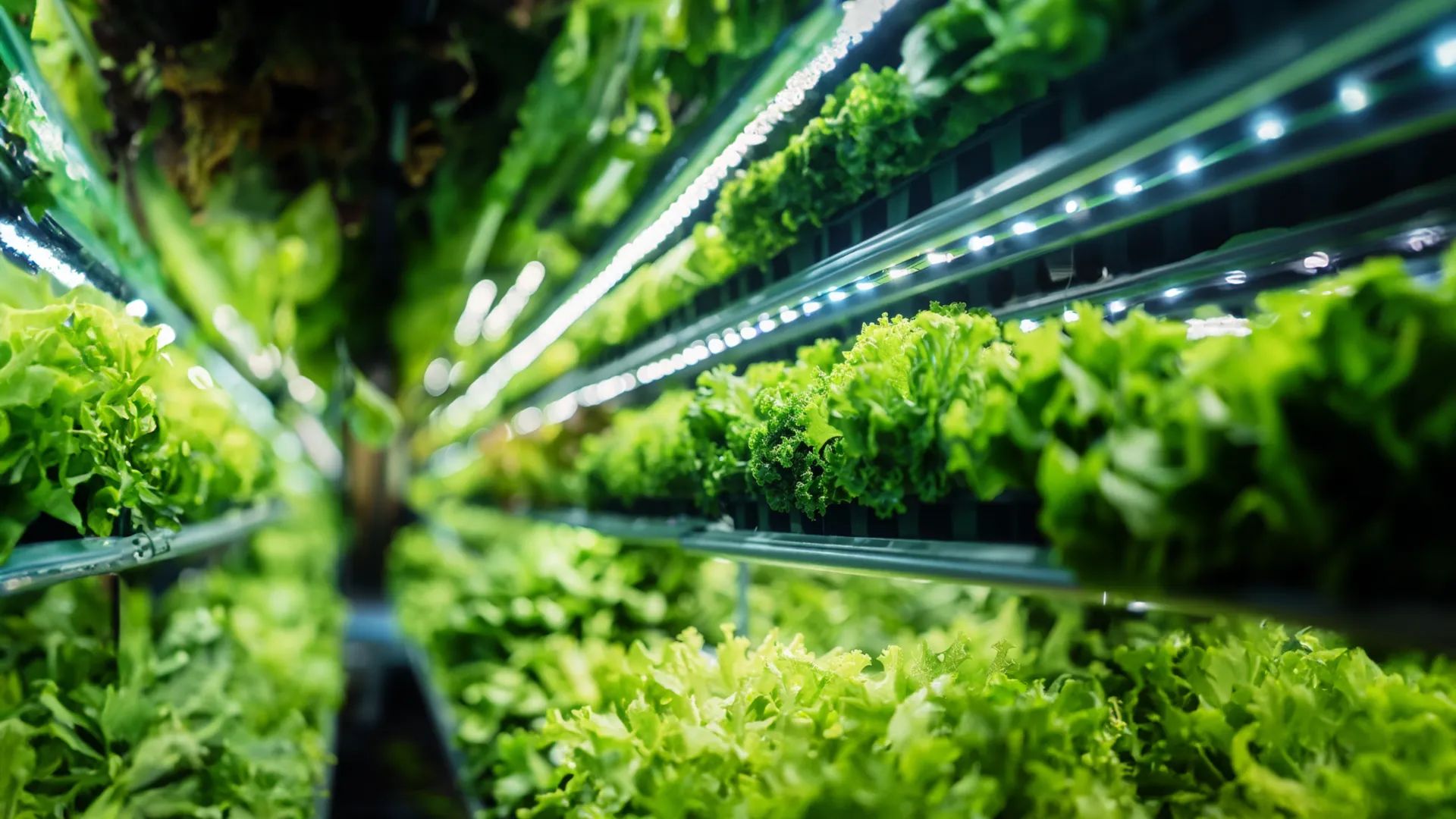

Frontiers in Science Lead Article
Published on 25 Sep 2024
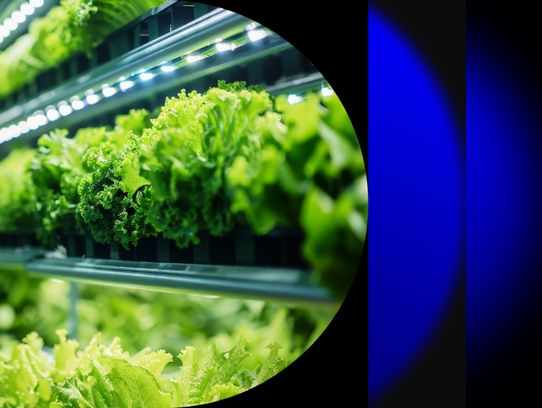
Experts delved into next steps for deploying dynamic environmental control in vertical farming systems, at a virtual Frontiers Forum Deep Dive session on 26 November.

Vertical farming's rapid growth could contribute to food security, biodiversity preservation, and reduced environmental impact through innovative use of urban spaces and sustainable energy, emphasizes Prof Dickson Despommier, Columbia University, USA.

Targeted crop breeding and dynamic environmental control can reduce vertical farming costs while maintaining productivity, offering a pathway to greater efficiency and profitability, argues Dr Raymond M. Wheeler, formerly of NASA.

Realizing the full potential of vertical farming will require stronger policies to support its adoption and improved consumer education to dispel misconceptions, propose Prof Youssef Rouphael and Dr Michele Ciriello, University of Naples Federico II, Italy.

To drive food system transformation, innovation policy must take a systems-based approach, focusing on vertical farming’s potential within broader geopolitical and sustainability contexts, asserts Prof Anne Loeber, Athena Institute, VU University Amsterdam, Netherlands.
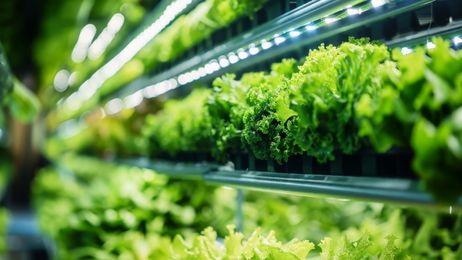
Submissions open: This Research Topic in Frontiers in Plant Science welcomes manuscripts on horticulture, plant physiology, agronomy, breeding, sensor development, and modelling, to share their unique insights on “dynamic CEA”.
Vertical farming systems offer innovative ways to cultivate crops in controlled environments and may help address challenges in local food security and sustainability.
Vertical farming systems are often operated using constant environmental conditions, but diurnal and developmental changes in plant physiology, as well as diurnal changes in electricity prices, call for dynamic environmental control.
Vertical farming systems are sensitive to electricity prices, but electricity consumption can be adjusted to save costs through variable light intensity without compromising plant growth.
Several end-of-production treatments for crops grown in vertical farming systems allow for optimizing product quality—including extended shelf life and increased concentrations of health-promoting metabolites—while avoiding growth penalty.
The implementation of integrated plant monitoring and modeling in cultivation systems is crucial for achieving dynamic control of climate conditions.
More focus should be given to breeding crops that are specific to controlled environments, as this will help address a bottleneck in a wider adoption of vertical farming systems.

A summary of the lead article in a Q&A format, with infographics and a video.
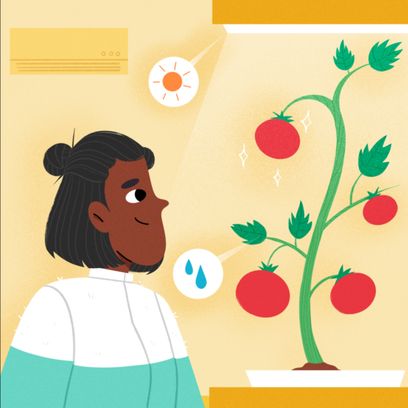
A version of the lead article written for—and peer reviewed by—kids aged 8-15 years.

Scientists explore how dynamic environmental control in indoor farms could help us feed a growing population with nutritious, high-quality, locally grown veg.

Smarter use of artificial light can make significant savings, according to research conducted by Wageningen University & Research.

Technology and improved plant science are the keys to indoor farming contributing to global food needs, according to The University of Queensland’s Professor of Protected Cropping.

The indoor farming technique saves water and space but currently is energy intensive.

Researchers explore how dynamic environmental control in indoor farms could help us feed a growing population with nutritious, high-quality, locally grown fruit and vegetables.

Major steps towards better, sustainable and affordable food production free of environmental challenges have been taken, with the "world's first farm to grow indoor, vertically farmed berries at scale" opening in Richmond, VA.
Follow the science, follow Frontiers in Science